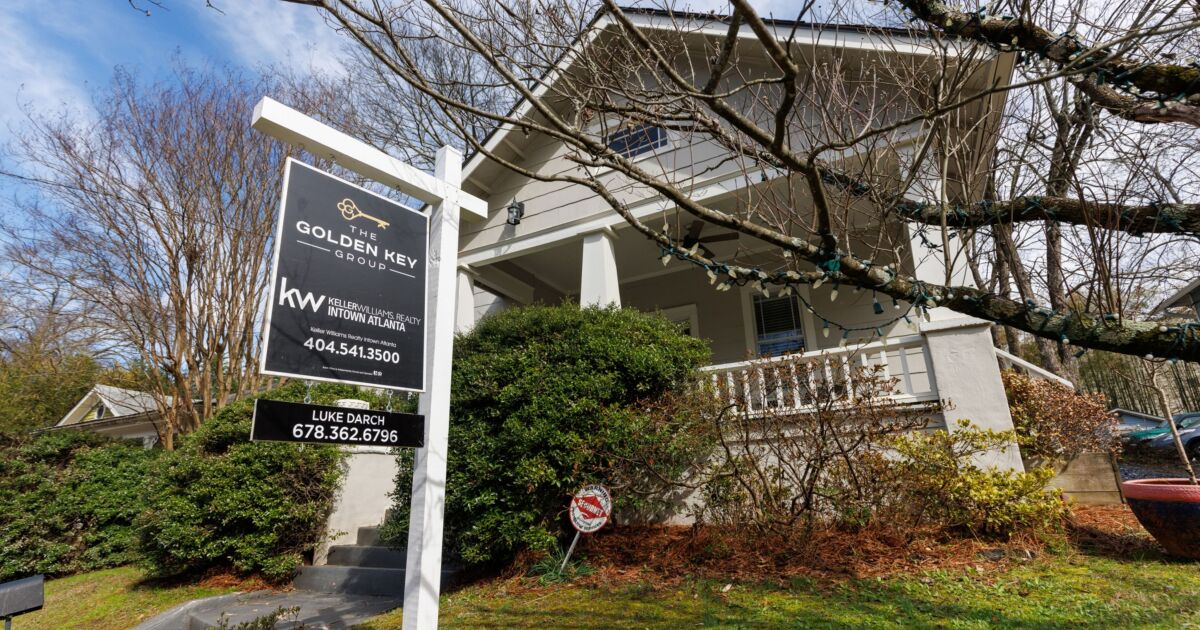
The on-again, off-again volatility behind President Trump's tariffs is already leading to higher material costs for homebuilders even though some are on pause and others include carveouts, the industry's biggest trade group said.
A
Supplies for new-home construction have risen an average of 5.5% since the beginning of Donald Trump's second term, NAHB reported. At the same time, the remodeling industry reported an even higher spike of 6.9% after the president was inaugurated in January.
"The uncertainty caused by the mere announcement of tariffs can have an adverse effect on the behavior of consumers and even businesses," wrote Paul Emrath, NAHB vice president for survey and housing policy research, in a statement.
While
Current tariff levels stand at 10% for most products from Canada and Mexico and 145% on Chinese goods. A blanket 25% tax on
"In the meantime, economic uncertainty can adversely affect consumer confidence and make prospective home buyers hesitate," Emrath added. Uncertainty from tariff developments contributed to an ongoing
But even if homebuilding materials can be obtained domestically, any sign of tariffs on the horizon will apply upward
Many builders continue to use Canadian sourced lumber in new construction, while other components that go into residential structures frequently are made in China.
The effect of tariffs on consumer behavior is already evident, according to a study from Redfin. Almost a quarter, or 24%, of U.S. residents are canceling plans for major purchases like a home or car due to Trump's policies, according to an April survey conducted by the real estate brokerage. The developments also caused 32% to delay such purchase plans.
"Consumers are tightening their belts because they are rightly nervous about their job security and the prospect of paying more for everyday expenses," said Chen Zhao, Redfin economics lead, in a press release.
But the threat of rising prices also led 8% to make their large purchase sooner than expected, with another 9% accelerating plans to avoid full tariff impact, Redfin said.
A recent analysis from real estate data provider Cotality found tariffs could add between $17,000 to $22,000 to the cost of a newly built home over the next year.
The pullback in consumer spending, though, could hold a potential silver lining for home buyers, Zhao said.
"The drop in demand could cause home prices to stay flat, or even fall, and there's some chance mortgage rates could drop in the next few months."



